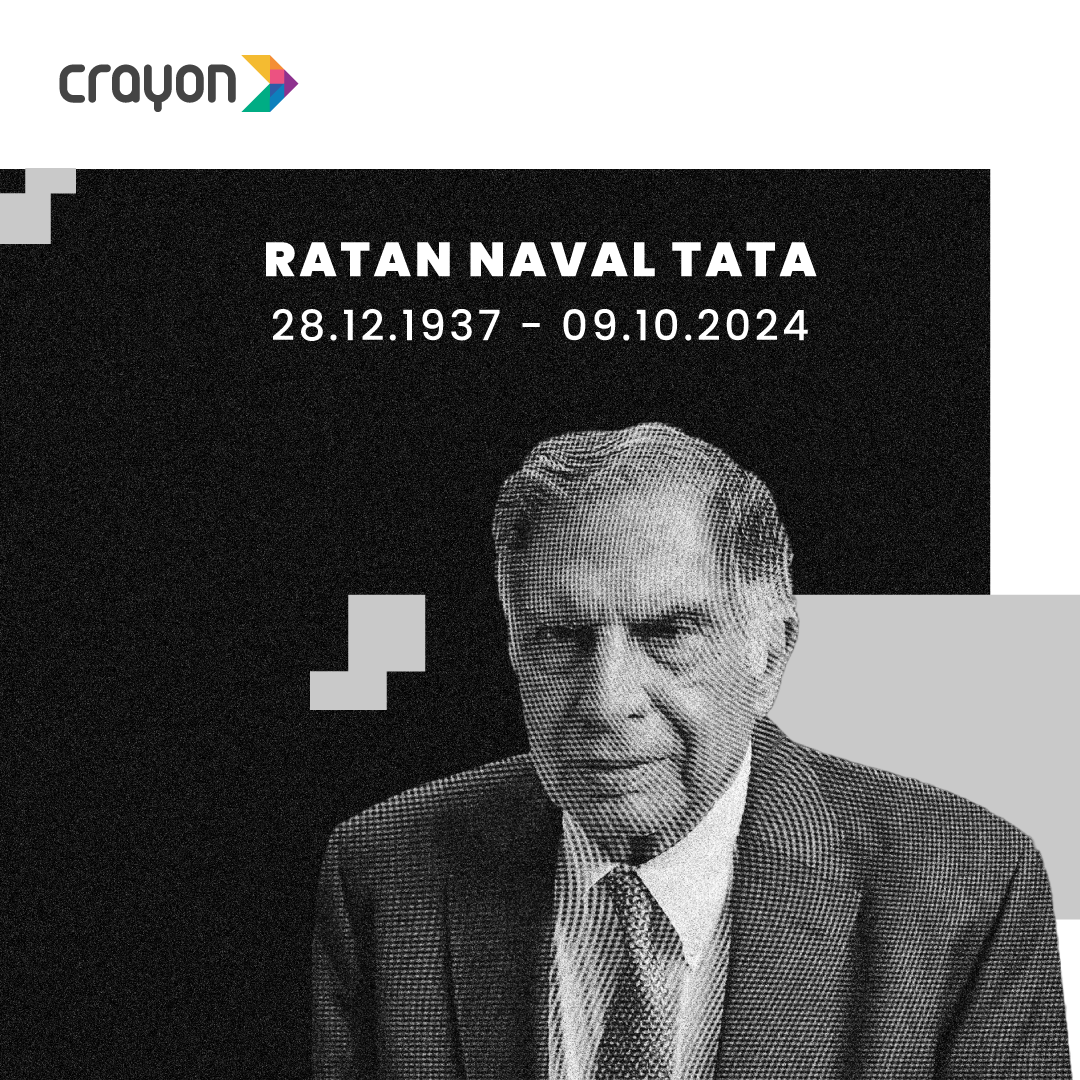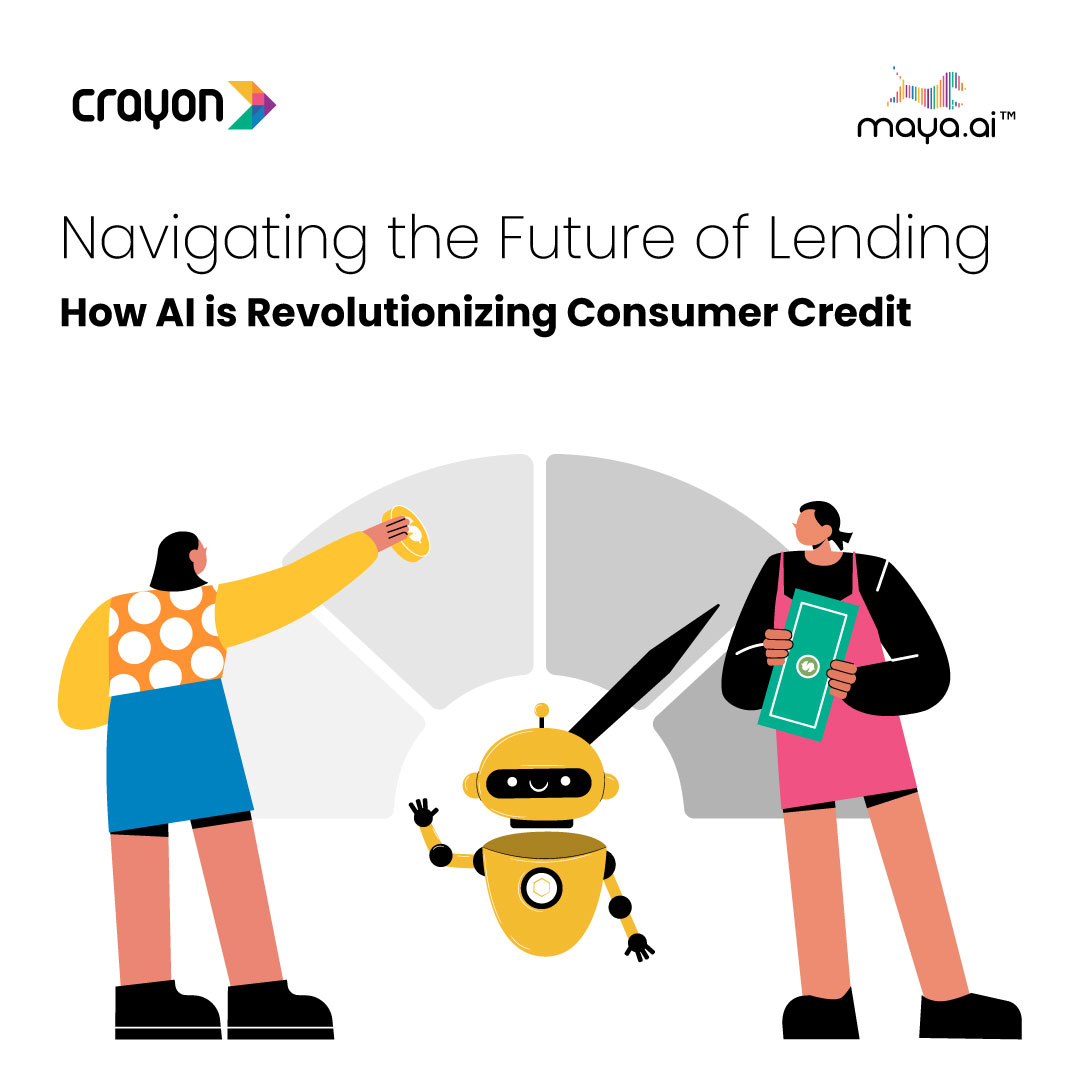The days of depending on banks and a limited number of high street forex brokers to carry out cross-border fund transfers are long gone. Now that this field is home to several FinTech players, sending money from one country to another is no longer as time consuming, complicated, or expensive as it was until a couple of decades ago. However, can using big data give FinTech alternatives a further edge?
It is possible that money transfer companies might not see the benefits of using big data to compile information of different kinds at this stage, given that aggregation of big data comes at a cost. This may be particularly true of companies that already have their fare share of repeat customers. However, a clear benefit of looking at big data in the right way is that companies can use the information they get to build better personal relationships with their customers.
Analyzing big data continually can also help overseas money transfer companies spot glitches and out-of-normal occurrences. Consider this example. U.S.-based Xoom relies on some of the top players in the big data world to analyze all the data related to its transactions. In 2011, the system detected an anomaly that might have missed the human eye. A criminal group was carrying out an exceptionally high number of New jersey-based Discover Card transactions to defraud the company, and they may well have passed off as being legitimate without big data analysis.
The benefits are far reaching
Carrying out an international money transfer requires the exchange of information in different forms. Companies typically have access to the sender’s and recipient’s complete names, the countries and the currencies involved, the payment and transfer methods, as well as the transfer amount. Service providers, in all likelihood, also know the reasons behind most transfers.
Overseas money transfer companies can rely on the analysis of big data to formulate strategies by identifying underlying patterns. Businesses, for example, stand to benefit by learning why their customers favor one service over another, their frequency of transfers, how much money they send, and whether they transfer money to one or more recipients.
By aggregating big data, money transfer companies can also get insight into aspects such as timestamps, locations, and devices. They can, for instance, use the information to determine if customers prefer using their websites or apps.
M-Pesa is a mobile phone-based small-value money transfer company that is headquartered in Kenya. While originally only a money transfer company, it has now branched in into salary payments, purchase of goods and services, as well as micro-financing. Around 85% of Kenya’s households now use the services of this company in some form. By analyzing the big data it has access to, M-Pesa can get valuable insight into aspects such as disposable incomes and remittances.
Discerning the useful from the not
Big data brings with it information that is voluminous, to say the least. As a result, being able to sift through what’s important and what’s not is important. Ideally, money transfer companies should focus on specific points and aim to build personal connections with their customers. FinTech companies such as Azimo, TransferWise, OFX, and WorldRemit will benefit if they can manage to use their big data to identity and act on prevailing trends. For customers, having the ability to voice their needs will make them feel empowered.
Conclusion
The monetary benefits of analyzing big data might not be plainly visible to money transfer companies at the onset, but the potential the process holds gives businesses the ability to build long standing relationships with existing customers. Where there’s ongoing patronage, money follows.




